UNIZULU RESEARCHERS SOLVED THE SIX DECADES OLD MYSTERY OF THE EVOLUTION OF ELECTRON TRANSFER PROTEINS
Mmeli Decius Gwebu | Posted on |

The University of Zululand (UNIZULU) researcher in collaboration with international researchers from the USA and Europe (Germany and Poland) have now solved the six decades old mystery of the evolution of these electron transfer proteins using ferredoxins as an example.
Electron transfer proteins such as iron-sulfur cluster proteins are believed to have evolved early during chemical evolution. These proteins are ancient proteins considered as living fossils. They are ubiquitously present in all living organisms due to their involvement in fundamental metabolic processes such as photosynthesis, nitrogen fixation, and assimilation of hydrogen, nitrogen, and sulfur. Since their initial identification in 1962, to date a large number of iron-sulfur cluster proteins have been identified in living organisms. However, to date, how these proteins passed (known as lateral/horizontal gene transfer) from prokaryotic organisms such as archaea and bacteria to eukaryotic organisms such as animals, including humans, and plants has not been solved.
In order to solve the mystery, UNIZULU researchers came up with a subtype classification and nomenclature system of these iron-sulfur cluster proteins based on the amino acid patterns (named as cysteine spacing signature) of iron-sulfur binding motif. This classification and nomenclature system enabled UNIZULU researchers to identify the electron transfer proteins that are passed from prokaryotes to eukaryotes including humans.
The nomenclature system is as follows: ferredoxins start with their Fe-S cluster type, followed by their subtype (ST) and then the numeral indicating its ST number in that type. Proteins grouped into a ST have the same characteristic spacing between the cysteine amino acids of the Fe-S cluster binding motif. The figure below clearly demonstrates the classification and nomenclature of ferredoxins developed by the UNIZULU researchers.
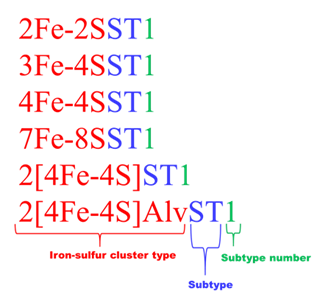
The master students, Ms Tiara Padayachee and Ms Nomfundo Nzuza from UNIZULU, equally contributed to the study as first authors. Both students are highly dedicated as they recently submitted their master dissertation with six (by Ms Padayachee) and five (by Ms Nzuza) research articles. During their masters’ studies both students individually supervised three honours projects as well. Prof Khajamohidin Syed, a proud supervisor of these students, hopes that one day these students will make a mark in scientific research and looks forward to mentoring them along the way. He also pointed out that students with such an appetite for research should be encouraged and given a chance to become future academics.
According to Prof Syed, this study shows the advancement of scientific research in South Africa, especially bioinformatics research where African researchers are solving the unsolved scientific mysteries and setting the new rules.
On this occasion, Prof Syed shared reviewer’s comments that exemplifying the novelty of the work: “This subtype classification has been successfully shown to serve as an effective tool to understand the diversity and evolution of ferredoxins as well as to identify the presence of same ferredoxin subtypes across the domains of life” and “this article is extensively covering ferredoxins iron-sulfur (Fe-S) cluster protein and the observed abundance of diverse cluster types
(2Fe-2S, 3Fe-4S, 4Fe-4S, 7Fe-8S and 2[4Fe-4S] was not extensively studied before. The authors have proposed a subtype classification and essential nomenclature for the above subtypes based on the characteristic spacing between the cysteine of the Fe-S binding motifs. This will constitute the important goals and novelty of this important paper”.
Prof Syed said that without the support of his collaborators, Prof David R Nelson from University of Tennessee, USA, Dr Wanping Chen from University of Göttingen, Germany and Dr Dominik Gront from University of Warsaw, Poland, this study would not have been possible. He also acknowledged National Research Foundation (NRF), South Africa and UNIZULU for funding his research.
This work has been published in the prestigious journal Current Issues in Molecular Biology (https://www.mdpi.com/1467-3045/43/3/98). Prof Syed conceived and designed the study. He is the corresponding author of the article. UNIZULU researchers and their international collaborators are currently working on developing an automated computer programme for classification and nomenclature of iron-sulfur cluster proteins.
- Prof Khajamohiddin Syed
Names and photographs of UNIZULU researchers involved in the study

Ms Tiara Padayachee

Ms Nomfundo Nzuza
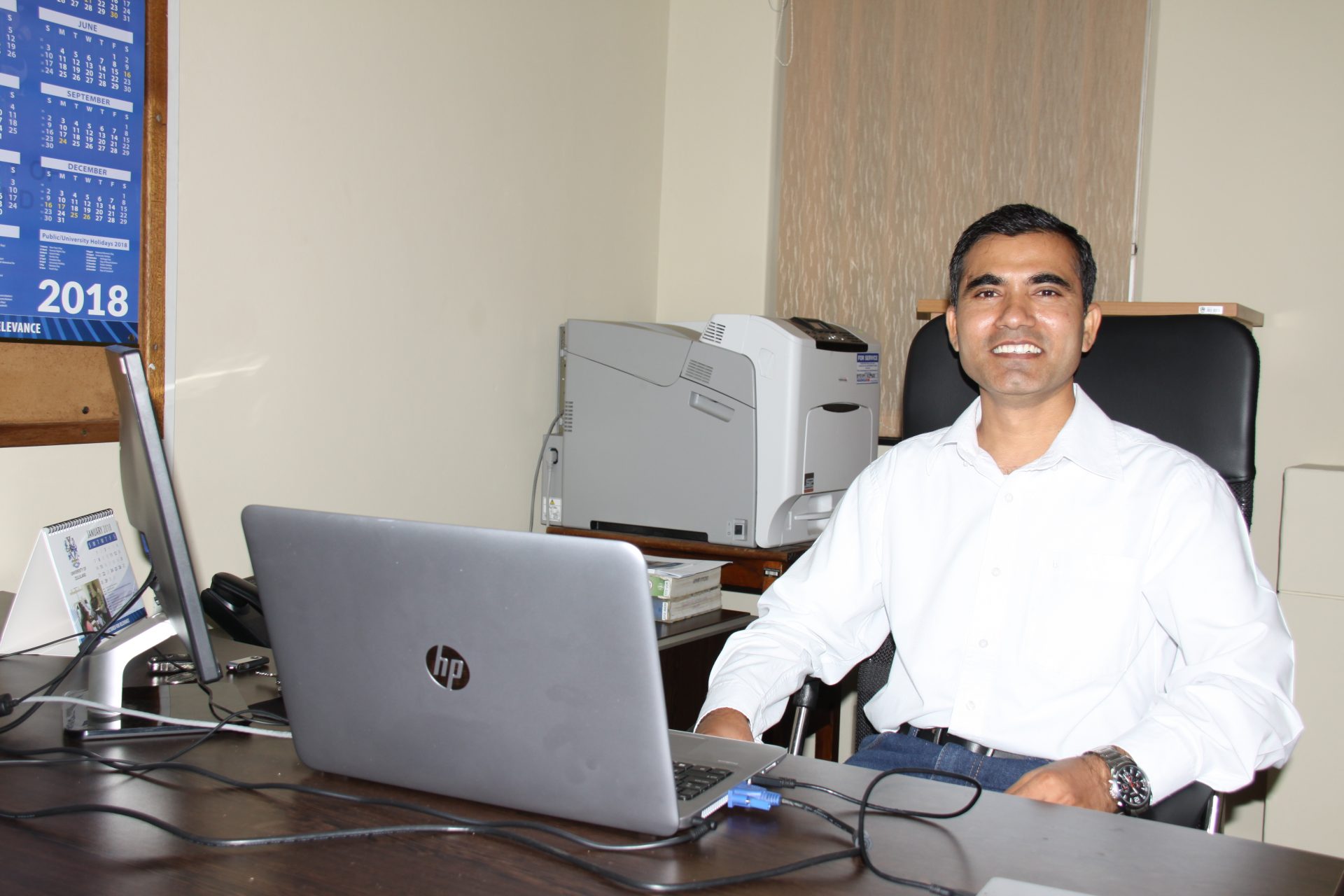
Prof Khajamohiddin Syed
Names and photographs of International researchers involved in the study
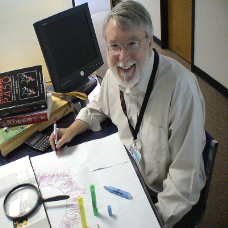
Prof DR Nelson, USA
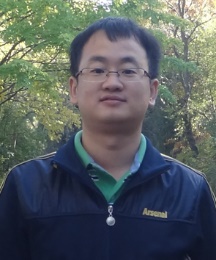
Dr W Chen, Germany
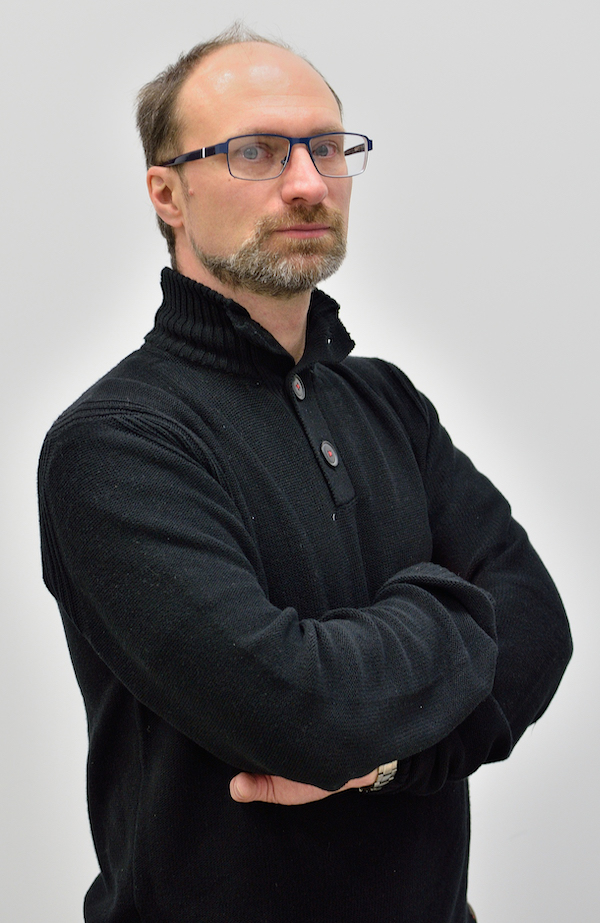
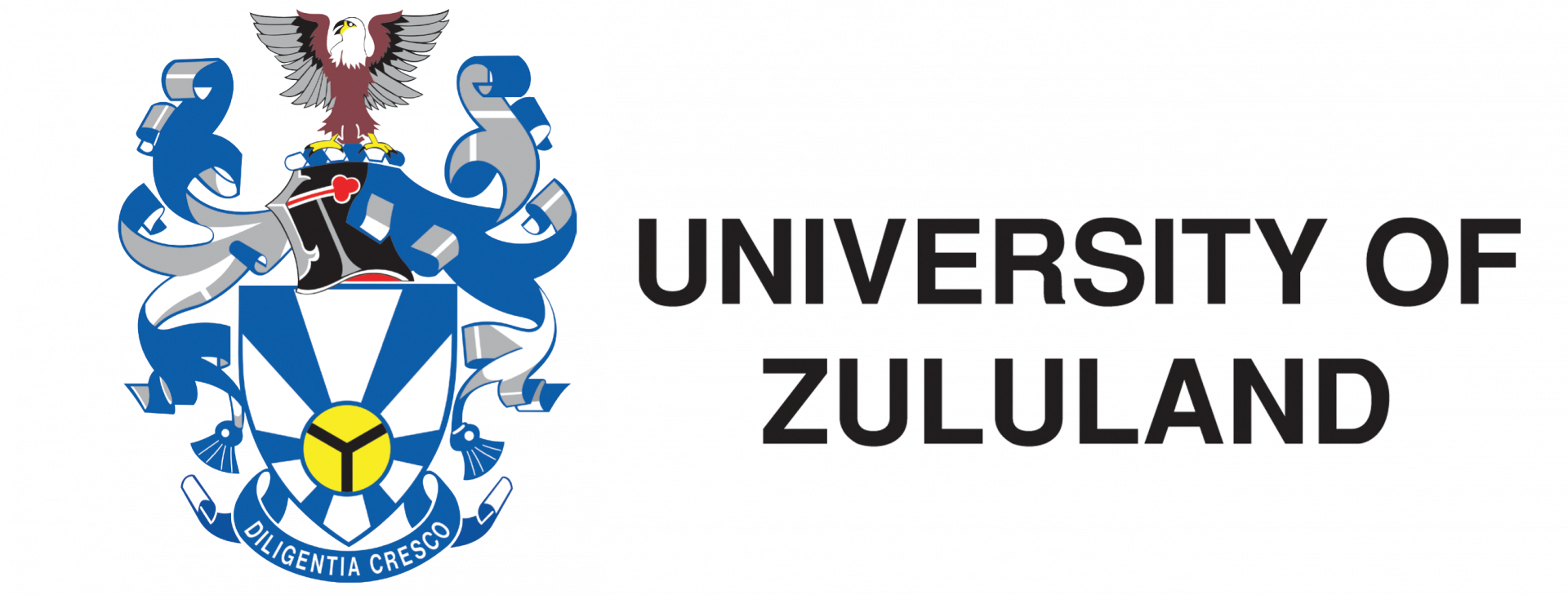
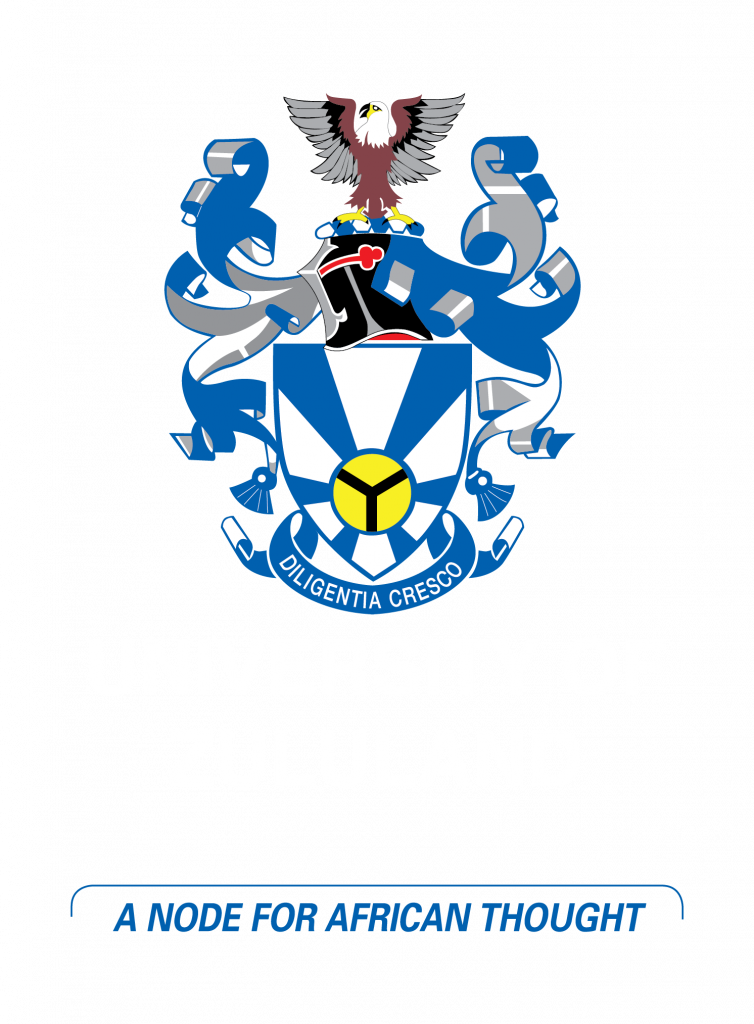






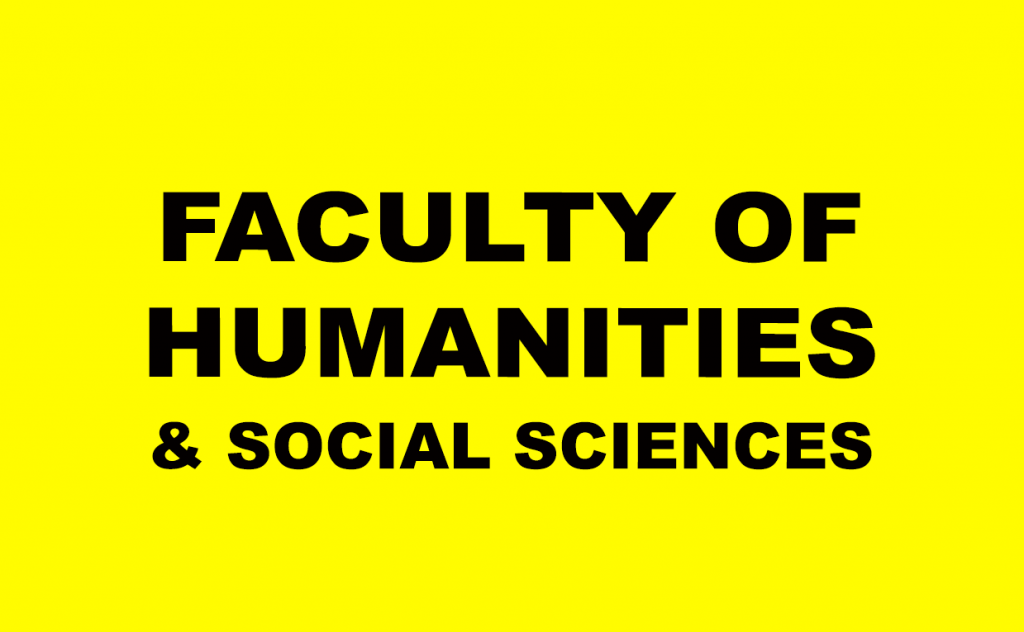

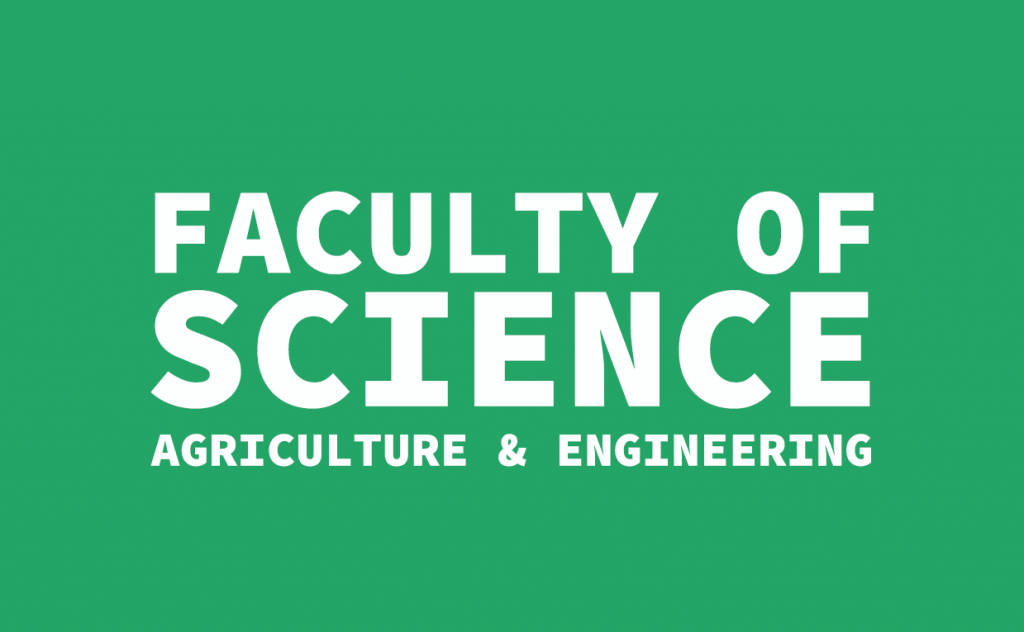
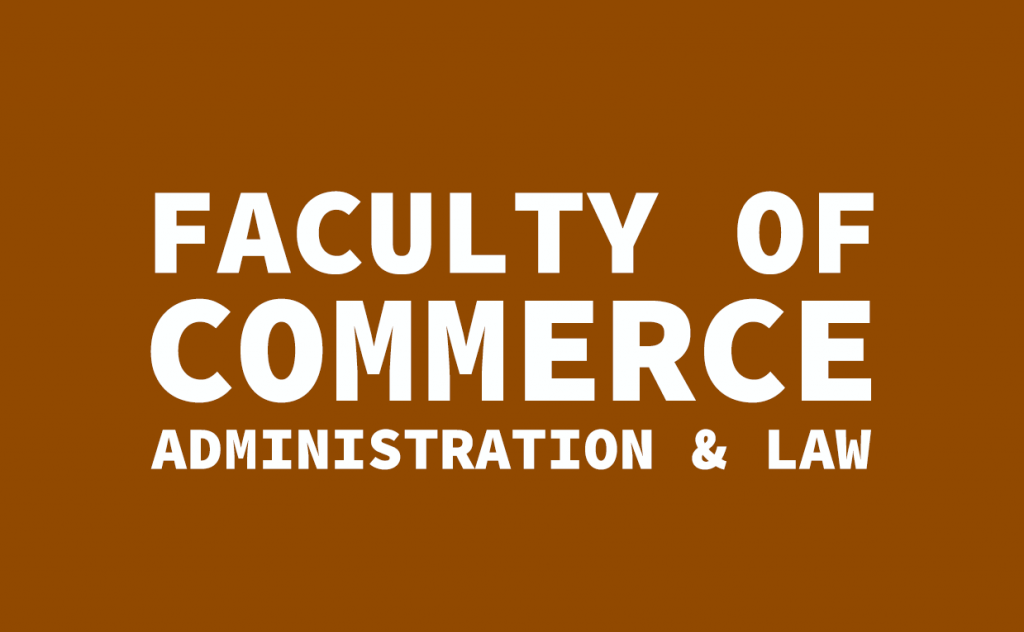


Leave a Reply